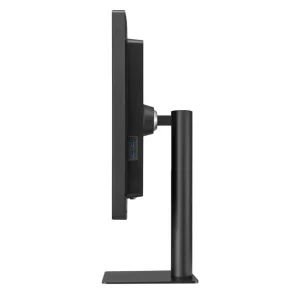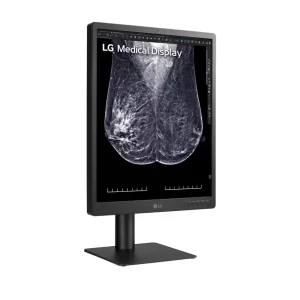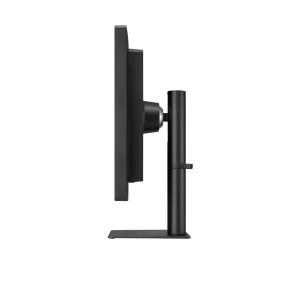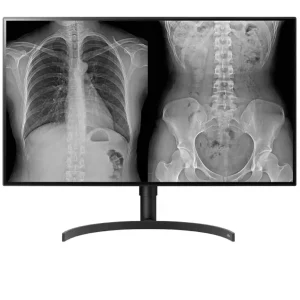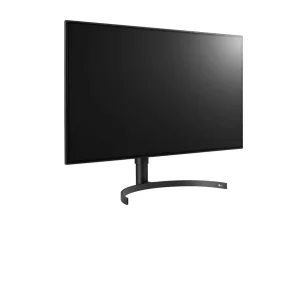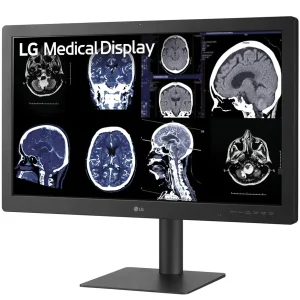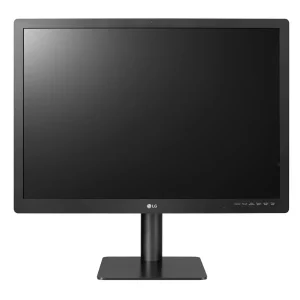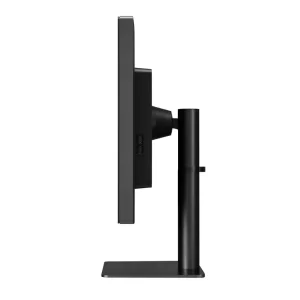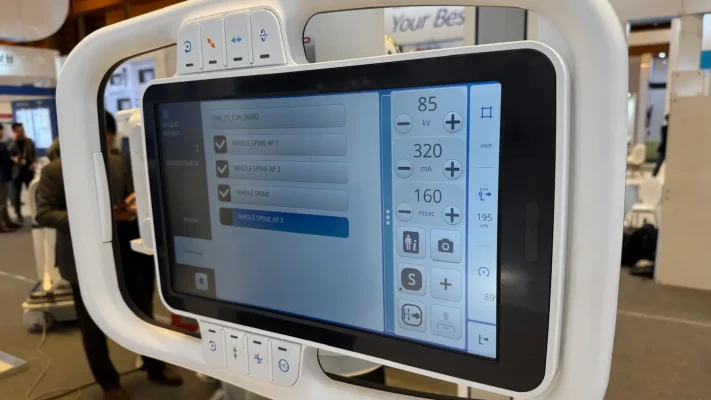Home » Do I Need a Medical Grade Monitor for Radiology Reporting?
Medical grade monitors for radiology reporting
Accurate medical imaging interpretation plays a crucial role in radiology. Choosing the right reporting monitor ensures compliance with Australian standards and enables radiologists to deliver precise diagnoses. High-performance displays must meet the strict requirements set by the Royal Australian and New Zealand College of Radiologists (RANZCR) and Australian Technical Standards (ATS 5816-2013).

Sam, Medic Cloud Managing Director
What are the radiology monitor requirements?
In Australia, diagnostic imaging monitors must meet specific technical specifications outlined in Appendix D of the RANZCR Standards of Practice for Clinical Radiology. These standards guarantee that radiologists can reliably interpret X-rays, CT scans, MRIs, and mammograms. Below are the minimum specifications required for medical-grade displays:
| Imaging Modality | Minimum Matrix Size | Max Luminance | Luminance Ratio |
|---|---|---|---|
| CR/DR | ≥3 megapixels | ≥350 cd/m² | ≥250:1 |
| CT | ≥3 megapixels | ≥350 cd/m² | ≥250:1 |
| Mammography | ≥4.2 megapixels | ≥450 cd/m² | ≥350:1 (preferable) |
| MRI | ≥3 megapixels | ≥350 cd/m² | ≥250:1 |
Luminance, contrast ratio, bit depth, and calibration significantly impact a radiologist’s ability to detect abnormalities in medical images. Selecting the right monitor ensures accurate and efficient diagnoses.
Medical grade monitors vs. consumer-grade displays
A common mistake in radiology workstation setup is assuming that high-resolution consumer-grade monitors (COTS) perform as well as medical-grade monitors. However, key differences make medical-grade monitors essential for accurate diagnostics:
DICOM calibration & grayscale accuracy
Medical grade monitors undergo calibration to the DICOM Part 14 Grayscale Standard Display Function (GSDF), ensuring consistent grayscale performance crucial for diagnostic accuracy. In contrast, consumer monitors, even high-end 4K and 8K displays, lack automated calibration tools, leading to contrast inconsistencies over time.
Brightness & luminance stability
Medical monitors provide higher maximum luminance (≥350 cd/m²) and a stable luminance ratio (≥250:1) to reveal subtle details in scans. Consumer displays degrade in brightness and contrast over time, which can compromise image interpretation accuracy.
Built-in quality control & compliance
Radiology-grade monitors feature automated self-calibration and quality control software to maintain compliance with RANZCR guidelines. Consumer monitors lack these tools, requiring manual calibration, which is time-consuming and less precise.
Monitors we offer at Medic Cloud
Why choose Medic Cloud for your radiology workstations?
At Medic Cloud, we understand the challenges radiologists face in maintaining compliance while ensuring efficiency. Whether working in hospital radiology departments, private imaging centres, or remotely, we provide tailored solutions that meet legal requirements and enhance productivity. Our services include:
- Medical grade monitor supply & installation – We provide monitors that meet or exceed RANZCR requirements.
- Home radiology setup – We help remote radiologists set up compliant reporting workstations.
- Ongoing calibration & compliance support – We offer regular software updates and quality control checks to maintain high reporting standards.
- Seamless PACS integration – Our solutions ensure optimised connectivity with Picture Archiving and Communication Systems (PACS) for smooth workflows.
Choosing the right monitor for your radiology practice or home
Selecting the right radiology reporting monitor goes beyond technical specifications. It directly impacts patient safety, diagnostic accuracy, and regulatory compliance. Investing in a medical-grade monitor guarantees that your practice meets Australian standards and delivers high-quality imaging analysis.
If you’re looking to upgrade your radiology workstations, contact Medic Cloud today. We specialise in state-of-the-art medical imaging solutions that improve workflow efficiency and ensure compliance with Australian radiology regulations.
Read more blogs

Subscribe to Medic Hub
Get the latest insights direct to your inbox.


